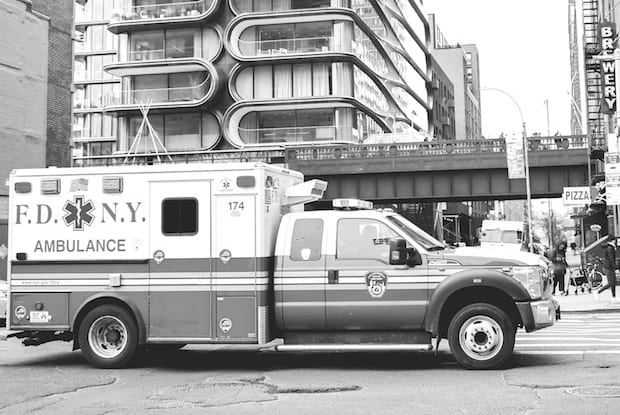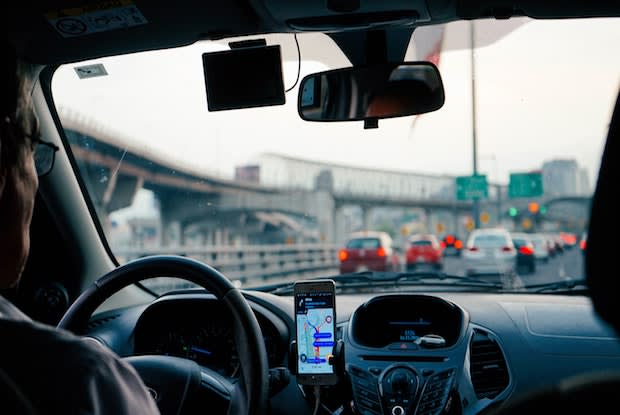Table of Contents
Why Seizures Occur
Seizures can be a terrifying medical event for the person experiencing the event as well as the people around them. Seizures are unpredictable and can strike at any time. They can happen to anyone, so it is important to understand what seizures are and what to do when they occur. A seizure is characterized by symptoms such as muscle twitching, altered states of consciousness, and abnormal behavior. [1] But why do seizures happen?
The nerve cells in the brain are constantly communicating with each other through electrical activity. If these brain signals are interrupted, abnormal electrical signals can increase and neuron misfiring can occur, causing changes to physical, mental, and sensory functions. There are several types of seizures that cause different symptoms, and visual changes, hearing abnormalities, and feelings of fear or euphoria are often observed during seizure episodes. [2]
A person that has more than one seizure in a short period of time may be diagnosed with a seizure disorder such as epilepsy. In that case, anticonvulsants like Keppra (levetiracetam), Topamax (topiramate), Dilantin (phenytoin), or Lamictal (lamotrigine) may be prescribed to reduce the frequency and severity of future seizures.
When Should I Call 911?
If someone is having a seizure in your vicinity, you may think that you should call 911 right away. However, most seizures do not require emergency medical help and may stop on their own.
Still, there are many situations where you do need to seek medical assistance, so here is a checklist that can help you make that decision. A 911 call may be needed if any of the following are true: When someone is having a seizure, it can be hard to tell what type of seizure they are having. Most seizures typically end in a few minutes, so you may not need to know their condition to help them. For any type of seizure, you should stay with the person until their seizure stops and they are fully awake. When they regain awareness, speak calmly and check if they are wearing a medical bracelet that contains emergency information. Then, help them get home safely by offering to call their friend or relative. Staying calm is very important because their seizure symptoms may worsen if you make them panic. If the person having the seizure is shaking, twitching, or losing muscle tone, they may be experiencing a tonic-clonic seizure. During tonic-clonic seizures, they may also cry out, fall, and lose awareness of their surroundings. To help someone having this type of seizure, you can ease them to the floor and gently flip them onto one side, helping them breathe. Clearing the area of sharp or hard objects can help to prevent injury. Supporting their head with something soft and flat such as a folded jacket underneath their head, along with removing any eyewear, can also help prevent injuries. [3] When someone is having a seizure, some actions can do more harm than good. According to the Centers for Disease Control (CDC), you should never hold a person down or try to stop their movements. You should also avoid putting anything in their mouth as this can injure the teeth and jaw. Most people will start breathing again on their own after a seizure, so do not try mouth-to-mouth resuscitation techniques like CPR. Finally, avoid giving someone who has just seized any food or water until they are fully alert. [3] If you experience a seizure, you may need to rely on the people around you to help. If it is your first seizure, it can be a traumatic experience. Stay calm and accept help. You may not be in good shape to drive yourself to see a doctor, and you may need to have someone call someone close to take you. If you know you are at risk of seizures, you may need to teach your friends and family seizure first aid. Yes, if you are diagnosed with a seizure disorder, some parts of your daily routine (like driving or swimming) may become limited. But with the help of the right treatment plan, medications like Keppra (levetiracetam), Topamax (topiramate), Dilantin (phenytoin), or Lamictal (lamotrigine) may allow you to return to certain degrees of normalcy. The content in this article is intended for informational purposes only. This website does not provide medical advice. In all circumstances, you should always seek the advice of your physician and/or other qualified health professionals(s) for drug, medical condition, or treatment advice. The content provided on this website is not a substitute for professional medical advice, diagnosis, or treatment.
Seizure First Aid

Things Not to Do

